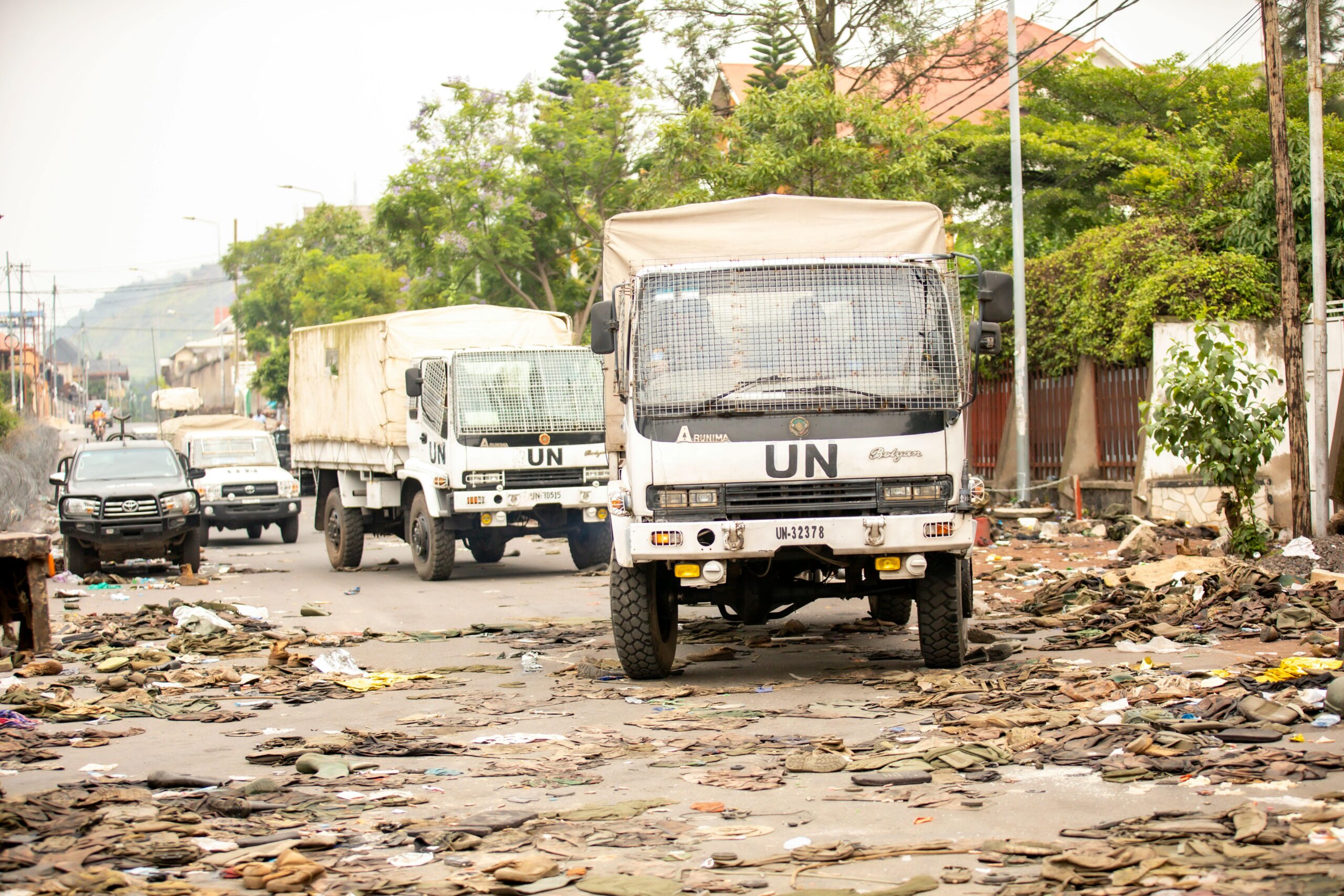In 2025, global leadership summits are more than ceremonial gatherings—they are critical stages where urgent challenges get addressed, new agreements forged, and paths chosen for the world’s political, economic, and environmental future. From climate action and AI regulation to security alliances and ocean conservation, decisions made at summits this year will ripple out for decades. Below, we explore the key summits, what’s on the table, what outcomes matter most, and what the future holds.
🌍 Major Summits and Their Central Roles
These summits are focal points where leaders deliberate on issues that transcend national borders:
-
G7 and G20 Summit – Economic recovery, trade rules, climate finance, AI and tech regulation.
-
BRICS Summit – Expanding cooperation among Global South nations, global governance reform, AI governance. Wikipedia
-
The Hague NATO Summit (2025) – Defense spending, alliance commitments, adjusting strategy for evolving threats. Wikipedia
-
UN Climate Summit / COP30 (Belém, Brazil) – Enhancing climate pledges, closing gaps, pushing for global emissions reductions. Wikipedia+1
-
UN Ocean Conference (Nice, France) – Marine conservation, high seas treaty, indigenous-led marine reserves. Wikipedia+1
-
EU-Central Asia Summit – Strategic partnership, infrastructure investment, human rights in Central Asia. Wikipedia
-
London Summit on Ukraine – Drafting peace plans, defining international support, navigating conflict and reconstruction. Wikipedia
🎯 Strategic Decisions on the Table
At these heart-of-the-action summits, leaders are making or expected to make decisions in these key domains:
-
Climate & Environment
-
Stronger national environment targets (NDCs), phasing down fossil fuels, methane reduction.
-
Ratification of treaties, creation of marine protected areas, protection of biodiversity.
-
Financing for adaptation & loss & damage, especially for vulnerable nations.
-
-
Technology & AI Governance
-
Global principles for AI development: ethics, safety, transparency.
-
Rules to avoid exacerbating inequalities, digital divides.
-
Cybersecurity cooperation; managing potential misuse of tech (autonomous weapons, deepfakes).
-
-
Security & Defense
-
NATO defense spending commitments, splitting core defense vs. auxiliary costs. Wikipedia
-
Commitments to collective protection under alliance treaties.
-
Handling ongoing conflicts (e.g. Ukraine), and peace planning.
-
-
Global Economy & Trade
-
Reform of trade rules, tariffs, supply chains.
-
Fair taxation (especially of multinationals), debt relief for developing countries.
-
Investment in infrastructure, green energy, sustainable finance.
-
-
Oceans, Biodiversity, and High Seas Governance
-
Ending overfishing, reducing ocean pollution (including noise).
-
Ratifying and implementing high seas treaties. Le Monde+1
-
Indigenous-led marine reserves and cross-national cooperation.
-
-
Human Development and Social Justice
-
Addressing inequalities, human rights, labor rights.
-
Public health, especially for noncommunicable diseases and mental health.
-
Migration challenges, inclusion, and democratic norms.
-
🎤 Case Studies: Notable Outcomes & Agreements
Here are concrete decisions or declarations from some of the summits of 2025, and why they matter.
| Summit | Decision / Declaration | Why It’s Significant |
|---|---|---|
| BRICS (Rio de Janeiro, July 2025) | Adopted a declaration on global governance of AI; urged UN leadership to set international rules; emphasized inclusive and sustainable development. Wikipedia | Sets tone for AI regulation from the Global South; says those often left out want rules that reflect their concerns (inequality, tech access). |
| The Hague NATO Summit | Member states committed to a new 5% defense-spending target, split between core defense and defense-related costs; pledged to eliminate defense trade barriers; reaffirmed Article 5. Wikipedia | Sees alliances adapting to the threats of 2025, including across Europe; increasing pressures to share burdens more evenly. |
| UN Ocean Conference (Nice) | Creation of large marine protected areas (e.g. French Polynesia, Melanesian Ocean Reserve); multilateral ratification steps toward High Seas Treaty; coalition against ocean noise pollution launched. Wikipedia+1 | Important for long-term environmental sustainability; protect biodiversity; shows commitments beyond talk. |
| EU-Central Asia Summit (Samarkand, April 2025) | Adoption of a new EU-Central Asia Strategic Partnership; EU committed US$13.2 billion in investment; calls for improvements in human rights in Central Asia. Wikipedia | Strengthens connectivity, trade, influence in Central Asia; balancing Russian/Chinese influence; advancing value statements on rights. |
| UN Climate Summit 2025 (NY, High-Level Meeting) | Nearly 100 countries, including major emitters, announced updated climate targets; some committed economy-wide emissions reductions; plans for curbing fossil fuels and scaling clean energy. United Nations | Signals readiness from critical players to raise ambition before COP30; international pressure to meet 1.5°C goals. |
| London Summit on Ukraine | Leaders drafted a peace plan, discussed long-term support, held diplomatic alignment among several states and NATO/EU participants. Wikipedia | Critical for shaping reconstruction, security frameworks post-conflict; establishes shared responsibility. |
📊 Metrics to Watch: How to Gauge If These Decisions Will Last
To know whether summit decisions will actually shape the future (and not just be statements), the following indicators are useful:
| Metric | What to Track | Early Signals in 2025 |
|---|---|---|
| Implementation / Ratification | How many countries formally ratify treaties, pass legislation, or embed policies. | High Seas Treaty nearing required ratifications. Le Monde+1 |
| Funding Commitments Follow-Through | Pledges versus actual disbursements (climate finance, infrastructure investment etc.). | EU-Central Asia’s $13.2B investment package is promising on paper. Wikipedia |
| Enshrinement in Domestic Policy | Whether summit decisions lead to law changes, budget allocations, agency mandates. | Defense spending commitments in NATO to be monitored through 2029. Wikipedia |
| Regional and Local Impacts | Concrete outcomes: protected areas, trade routes, industrial zones, refugee/migration flows, mitigation of climate damage. | Marine reserves being established; domestic clean energy transitions in several countries. Wikipedia+1 |
| Transparency, Accountability, and Civil Society Involvement | Whether NGOs, media, local populations are included and hold leaders to account. | In Ocean Conference, indigenous leadership in marine reserves; global climate finance scrutiny e.g. at UN summits. Wikipedia+1 |
🌐 Cultural, Political & Strategic Impacts
Summit decisions do more than change policy—they redirect how countries see themselves and interact.
-
Geopolitical Power-shifts: Summits like BRICS enlarging their voice, or NATO increasing defense expectations, shift who leads globally.
-
Norm Setting: Agreements on AI ethics, climate, environment, high seas governance become templates for standards elsewhere.
-
Identity and Sovereignty: For many countries, participating or driving summit decisions reinforces prestige, diplomatic weight, and self-assertion.
-
Risk & Stability Management: Decisions around Ukraine, climate finance, and oceans affect migration, food security, natural disasters—key to stability.
-
Multi-stakeholder Diplomacy: More summits include civil society, indigenous groups, scientific communities, which shapes legitimacy.
💡 Emerging Trends & What’s Likely to Happen
-
AI Governance will become central
Already flagged in BRICS and G20 discussions. Expect normative frameworks and perhaps an international treaty or strong regulation push. -
Environment & Climate as Non-Negotiables
With COP30 approaching, pressure will rise to meet emission targets; more legal requirements; fossil fuel phase-downs; climate finance will be under sharper scrutiny. -
Defense & Security Spending Will Rise
Evidence: NATO’s new spending targets, focus on resilience. More nations will increase budgets, reevaluate alliances, build infrastructure for shared security. -
Ocean & Biodiversity Protection
High Seas Treaty coming into force; more marine protected areas. Governments facing domestic pressure (coastal communities, environmentalists). -
Economic Realignment
More investment in the Global South; shifting supply chains; fair tax regimes; trade pacts reflecting environmental and labor standards; more scrutiny of foreign investment.
⚠️ Challenges & Risks Ahead
-
Implementation Gap: Many decisions are symbolic; real follow-through is expensive and politically difficult.
-
Conflicting Interests: Environment vs energy; security vs civil liberties; AI innovation vs regulation.
-
Domestic Constraints: Leaders must balance global commitments with local political pressures. Unpopular policies may get reversed.
-
Monitoring & Accountability Weaknesses: Weak oversight, lack of transparency, corruption risk.
-
Risk of Summit Fatigue: If summits promise a lot but deliver little, trust erodes, multilateralism weakens.
✨ Conclusion
2025’s leadership summits are more than diplomacy in action—they are crossroads. The decisions made in NATO, BRICS, UN climate forums, ocean summits, and others will determine whether global governance strengthens or becomes more fractured, whether climate goals stay within reach, whether technology works for all, and whether global security becomes more cooperative or more contested.
These summits are defining moments: when promises either become pathways forward or fade into footnotes. The world is watching. The stakes include the planet’s health, prosperity in emerging nations, peace amid conflicts, and whether global norms around justice, equity, and sustainability will keep pace with the urgent challenges of our time.


